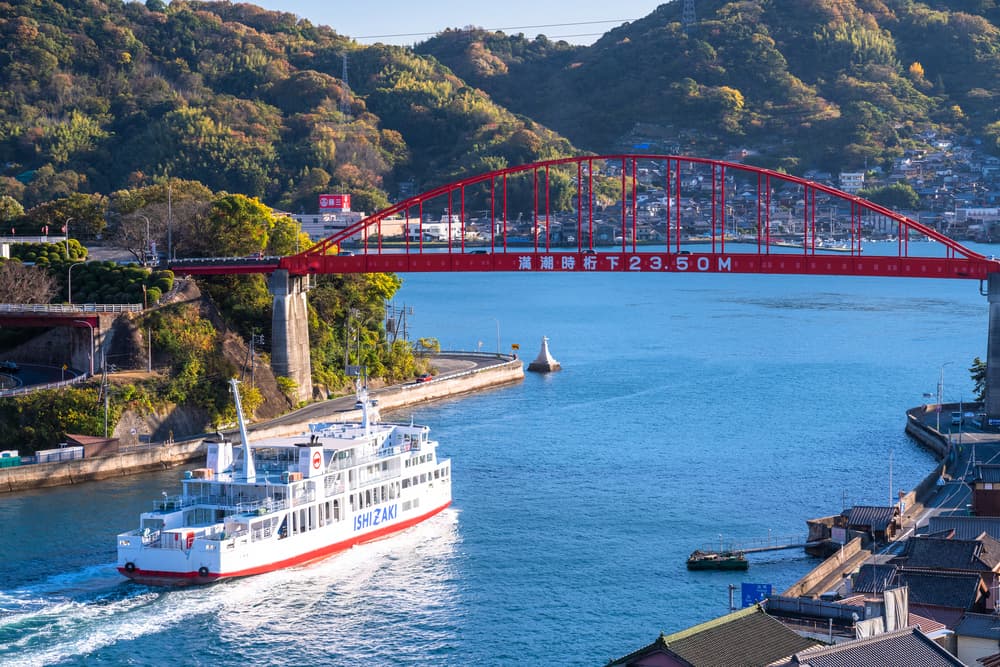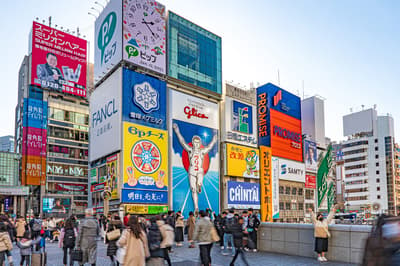Kure, an old port town with a long history of prosperity as a former naval base, is famous for its museums related to its history. In this issue, we will introduce 9 such spots in Kure that you should visit!
Click here to learn more about Hiroshima
What is Kure like?

Kure City is a port city area located in the western part of Hiroshima Prefecture, southeast of Hiroshima City. It has long flourished as a port and naval town due to the presence of former naval factories. While it is also famous as the home of the battleship Yamato, it is also recognized by many as the setting of the Japanese movie and drama “In This Corner of the World”.
The city offers the Yamato Museum, where you can see materials related to the former Navy and the current Maritime Self-Defense Force, as well as learn about shipbuilding technology and the development of the port city. Enjoy sightseeing along with the beautiful scenery of the Seto Inland Sea.

9 Sightseeing Spots
Yamato Museum (大和ミュージアム)
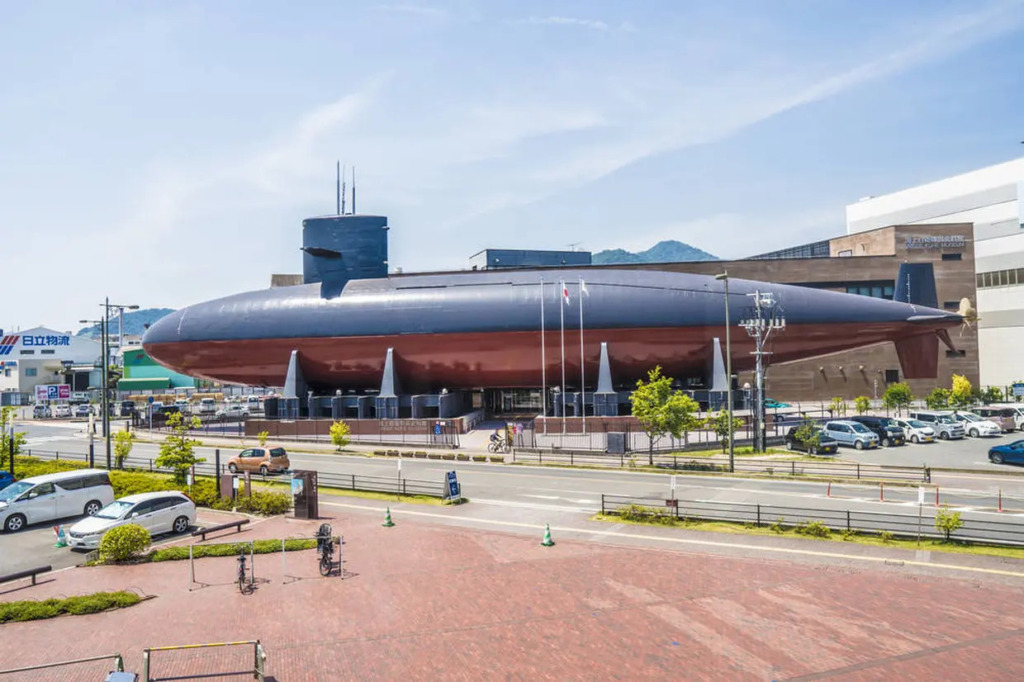
It was at the military port of Kure that Japan’s most famous battleship, the Yamato, was built. This museum has exhibits that showcase the history of Kure, which prospered as a military port and shipbuilding town, and where visitors can learn about the science and technology involved in shipbuilding and steel production. The huge replica of the battleship Yamato is so large that not only children but also adults will be amazed!

JMSDF Kure Museum (海上自衛隊呉資料館/てつのくじら館)
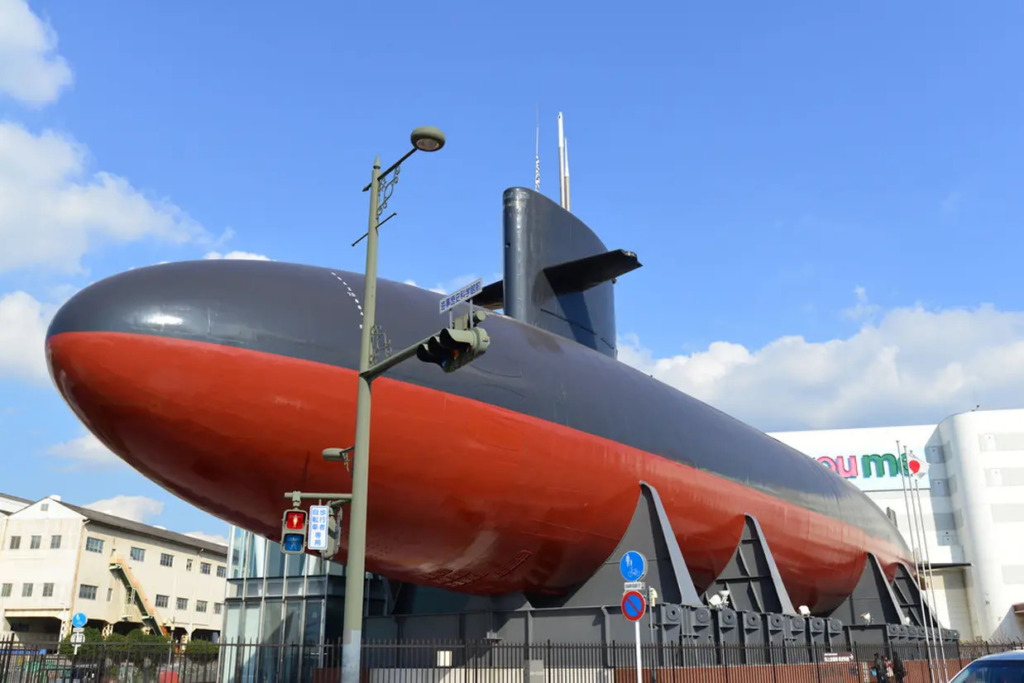
It is the only facility in Japan where visitors can experience the work and life of the Maritime Self-Defense Force and tour the inside of a submarine. The submarine was actually in service until 2004, and its interior is open to the public in almost its original condition. A visit in combination with the neighboring Yamato Museum is recommended.
Haigamine (灰ヶ峰)

At 737 meters above sea level, Haigamine is an independent peak more than twice as tall as Mount Hakodate, one of the three most famous night views in Japan. The observatory overlooks the city of Kure and is famous as a romantic night view spot. Enjoy the collaboration of the city lights shining like jewels in the moonlight and the ships bobbing in the harbor.
*Please note that there is no bus service to the summit. It is possible to reach the summit observatory by car or taxi, as the road is paved. Otherwise, you can get off at the bus stop nearest to the Haigamine trailhead and climb the mountain for about 1 hour and half to reach the summit.
Alley Karasukojima (アレイからすこじま)
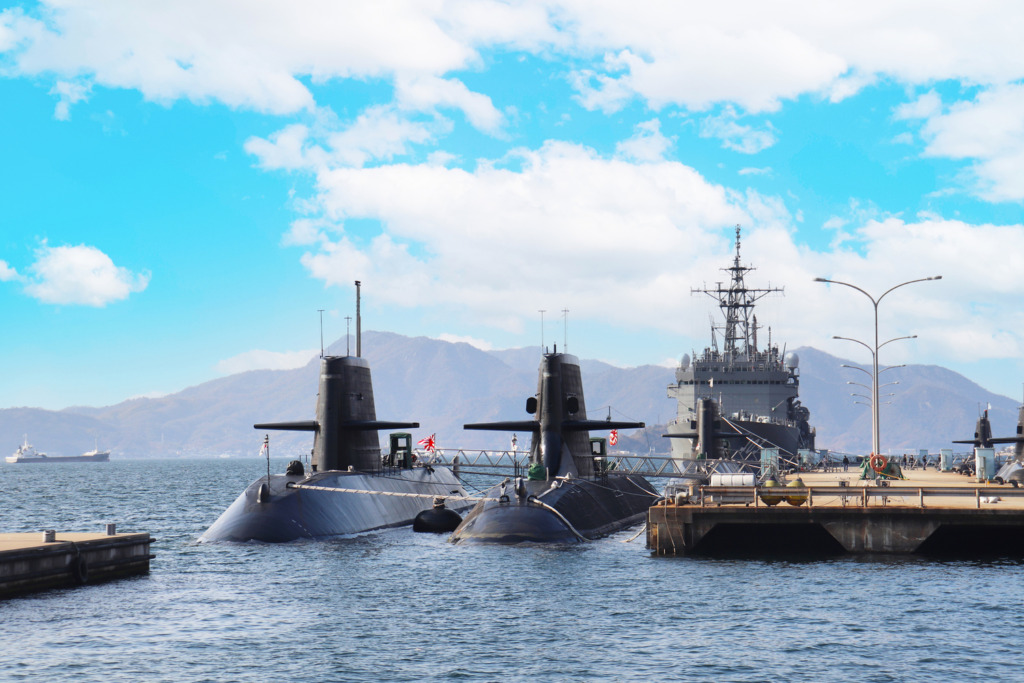
Alley Karasukojima is a park where visitors can see submarines up close, a rarity in the world. The submarines of the Maritime Self-Defense Force are down the anchor. The area is reminiscent of Kure, which was once the home of the Navy, and the surrounding area has a retro atmosphere with brick buildings. Please feel free to stroll around and enjoy the unique harbor scenery of Kure.
Ondonoseto Park (音戸の瀬戸公園)

Ondonoseto Park, overlooking Ondo no Seto, a strait, and Ondo Ohashi Bridge, is a popular photo spot, and is also a famous flower spot with over 2,000 cherry blossom trees from late March to early April and approximately 8,300 azaleas from late April to early May.
Osaki Shimojima Island (大崎下島)

Osaki-Shimojima Island is an island in the middle of the Seto Inland Sea, southeast of Kure City, Hiroshima Prefecture. Visitors can spend a relaxing time on the island, where the streets are rich in history and retro, as if they have stepped back in time. Osaki-Shimojima Island is also famous for its tangerines under the brand name of Ocho Mikan, and is the birthplace of domestically produced lemons.
Mitarai Townscape Preservation Area (御手洗町並み保存地区)

Townscape of Mitarai, located at the eastern end of Osaki Shimojima Island, has prospered as a port town where time passes leisurely, and in 1994 was selected by an Important Preservation District for Groups of Historic Buildings. Since its formation in the middle of the 17th century, Townscape of Mitarai developed as a transit port for the Seto Inland Sea traffic for about 200 years during the Edo period (1603-1868) and until the early Showa period (1926-1989), and the townscape is still preserved today.
Townscape of Mitarai, which was reclaimed several times due to its narrow land, is a mixture of large and small merchant houses, teahouses, boathouses, residences, shrines, and temples, with a network of village center streets, village connecting streets, and alleyways. Take a stroll through the old streets, which are sure to become an Instagram-worthy sight!
Rekishi no Mieru Oka Park (歴史の見える丘公園)

This park is located on a hill overlooking the Mitarai area. The park offers a panoramic view of not only the Mitarai area, but also the Kurushima-Kaikyo Bridge and the mountains of Shikoku in the distance, making it a spot where visitors can fully enjoy the beauty of the Seto Inland Sea archipelago.
Sumiyoshi Shrine (住吉神社)
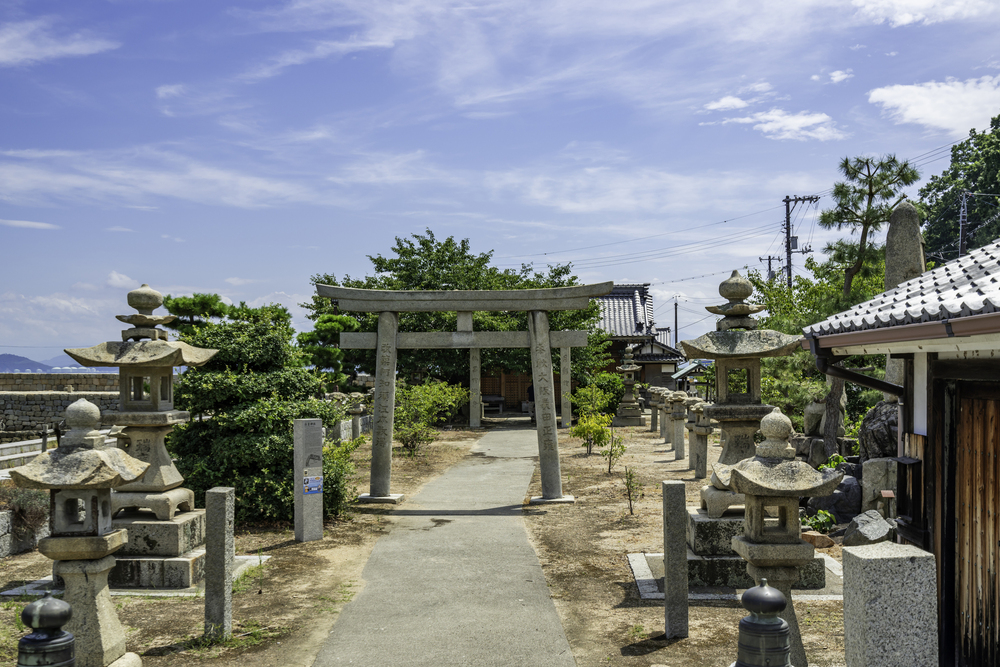
Sumiyoshi Shrine is located on the south side of the Mitarai Town. It was built in 1830, a year after the completion of the Chisagohato, a masonry breakwater built by the Hiroshima Domain in the Edo period, as a shrine to protect the breakwater. The location of the shrine is excellent, as it is situated very close to the sea.
